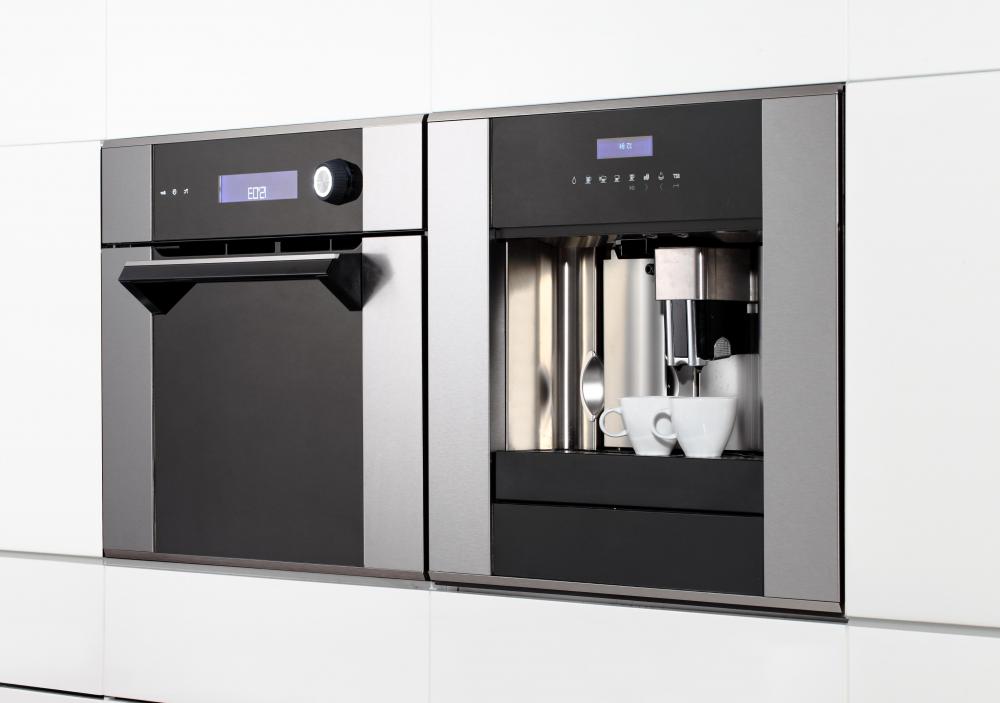At WiseGEEK, we're committed to delivering accurate, trustworthy information. Our expert-authored content is rigorously fact-checked and sourced from credible authorities. Discover how we uphold the highest standards in providing you with reliable knowledge.
What are Exhaust Hoods?
Exhaust hoods are hoods placed above stovetops to help catch much of the steam and smoke that is created by cooking. This helps create a much healthier atmosphere for cooking, as well as keeping smoke alarms from giving off false alarms. Other names for exhaust hoods include range hoods and stove hoods.
The main purpose of exhaust hoods is to catch those vapors given off by cooking. In some cases, this may dramatically cut down on cooking odors. In other cases, is just may make the air more clear of particulate matter that could affect breathing. For most people, this may be a minor inconvenience but for those with breathing problems, this is a must. Therefore, exhaust hoods may be considered necessary for good health, in some instances.

There are two main types of stove hoods. The first is a vented hood that is connected to a chimney that then directs and expels the fumes outside the home, usually through the roof. This is an exhaust hood. The second type of range hood is a ventless hood, which uses a filter to keep the fumes from circulating in the air. Each has its own advantages. However, the ventless hood is not truly an exhaust hood because it does not actually expel the particulates.

Unlike many kitchen appliances, the way stove hoods work is fairly straightforward. The hoods usually work by using a fan to draw the fumes up into the hood. Once that happens, it is simply a matter of capturing the particulates or expelling them. Both have their advantages, depending on the situation.
The benefits to an exhaust hood are that nearly all matter that is taken in is expelled from the home. This is done through a chimney, usually concealed in a home by cabinetry. The chimney may not be concealed in a commercial stove simply because the aesthetics are not as important in such a setting.
Most exhaust hoods will not only include a fan, but other electric devices as well. The most common of these is a light. While most kitchens are well lighted, the use of a light directly above the stove can offer substantially better light over the stove area, where other direct light may be blocked by the hood or the cook.
In some cases, exhaust hoods may not be the most appropriate option. This is because positioning the chimney directly above the stove may not be possible or practical in some instances. In those cases, a ventless hood may be the only viable option.
AS FEATURED ON:
AS FEATURED ON:












Discuss this Article
Post your comments